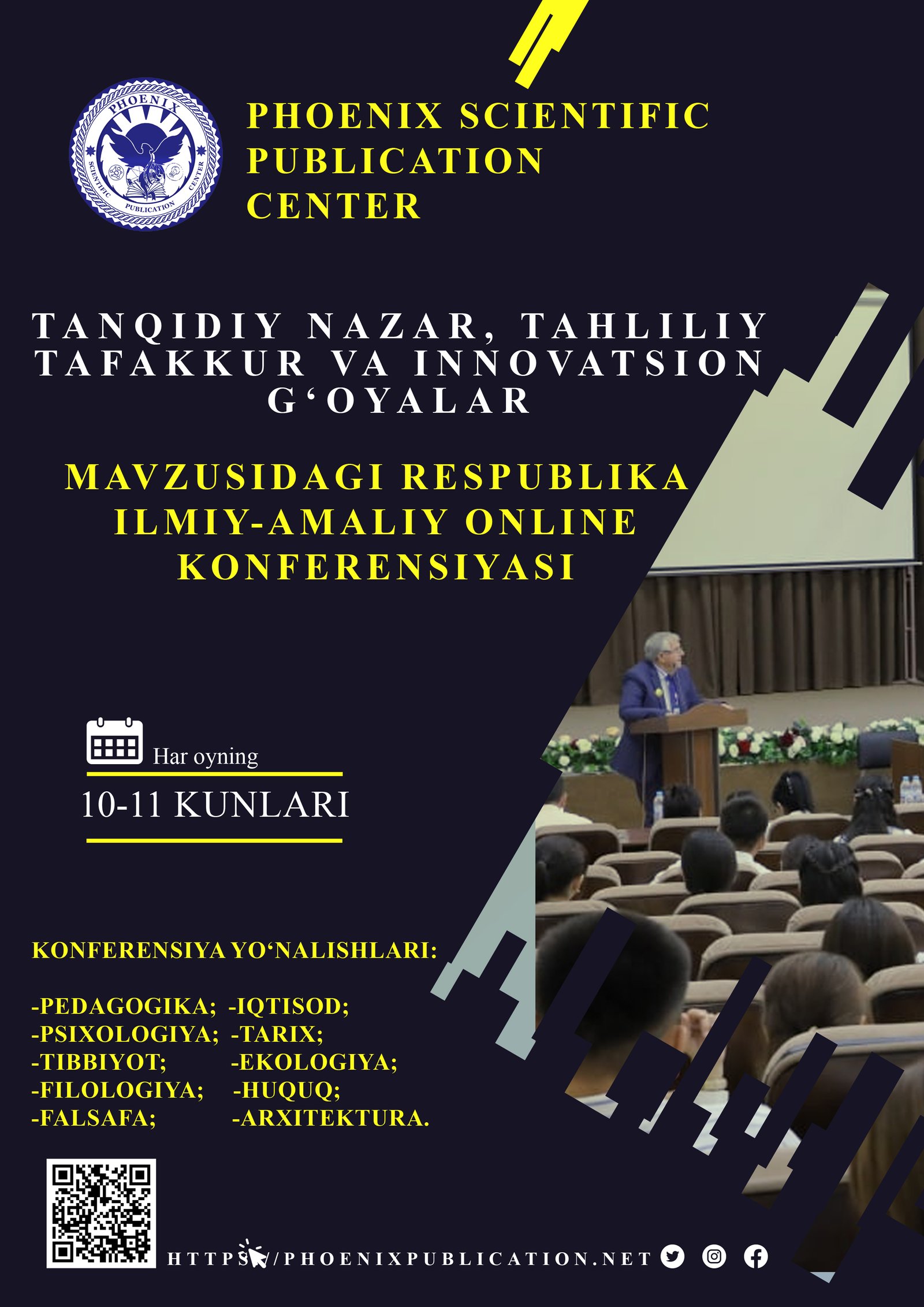Abstract
Gamification has emerged as an effective approach in language learning, particularly in vocabulary acquisition. This study explores the impact of gamified learning environments on students’ vocabulary retention, motivation, and engagement. By integrating game elements such as rewards, challenges, and interactive storytelling, gamification enhances the learning experience, making vocabulary acquisition more enjoyable and effective. This paper reviews various gamification strategies, examines their psychological and pedagogical foundations, and evaluates their effectiveness in second language learning. The findings suggest that gamification not only improves vocabulary retention but also fosters a more engaging and interactive learning atmosphere, thus benefiting both learners and educators.
References
Deci, E. L., & Ryan, R. M. (1985). Intrinsic motivation and self-determination in human behavior. Springer Science & Business Media.
Deterding, S., Dixon, D., Khaled, R., & Nacke, L. (2011). From game design elements to gamefulness: Defining "gamification." Proceedings of the 15th International Academic MindTrek Conference, 9–15. https://doi.org/10.1145/2181037.2181040
Gee, J. P. (2007). What video games have to teach us about learning and literacy. Macmillan.
Hamari, J., Koivisto, J., & Sarsa, H. (2014). Does gamification work? A literature review of empirical studies on gamification. Proceedings of the 47th Hawaii International Conference on System Sciences, 3025–3034. https://doi.org/10.1109/HICSS.2014.377
Hanus, M. D., & Fox, J. (2015). Assessing the effects of gamification in the classroom: A longitudinal study. Computers & Education, 80, 152–161. https://doi.org/10.1016/j.compedu.2014.08.019
Kapp, K. M. (2012). The gamification of learning and instruction: Game-based methods and strategies for training and education. Wiley.
Nation, I. S. P. (2001). Learning vocabulary in another language. Cambridge University Press.
Sweller, J. (1988). Cognitive load during problem solving: Effects on learning. Cognitive Science, 12(2), 257–285. https://doi.org/10.1207/s15516709cog1202_4
